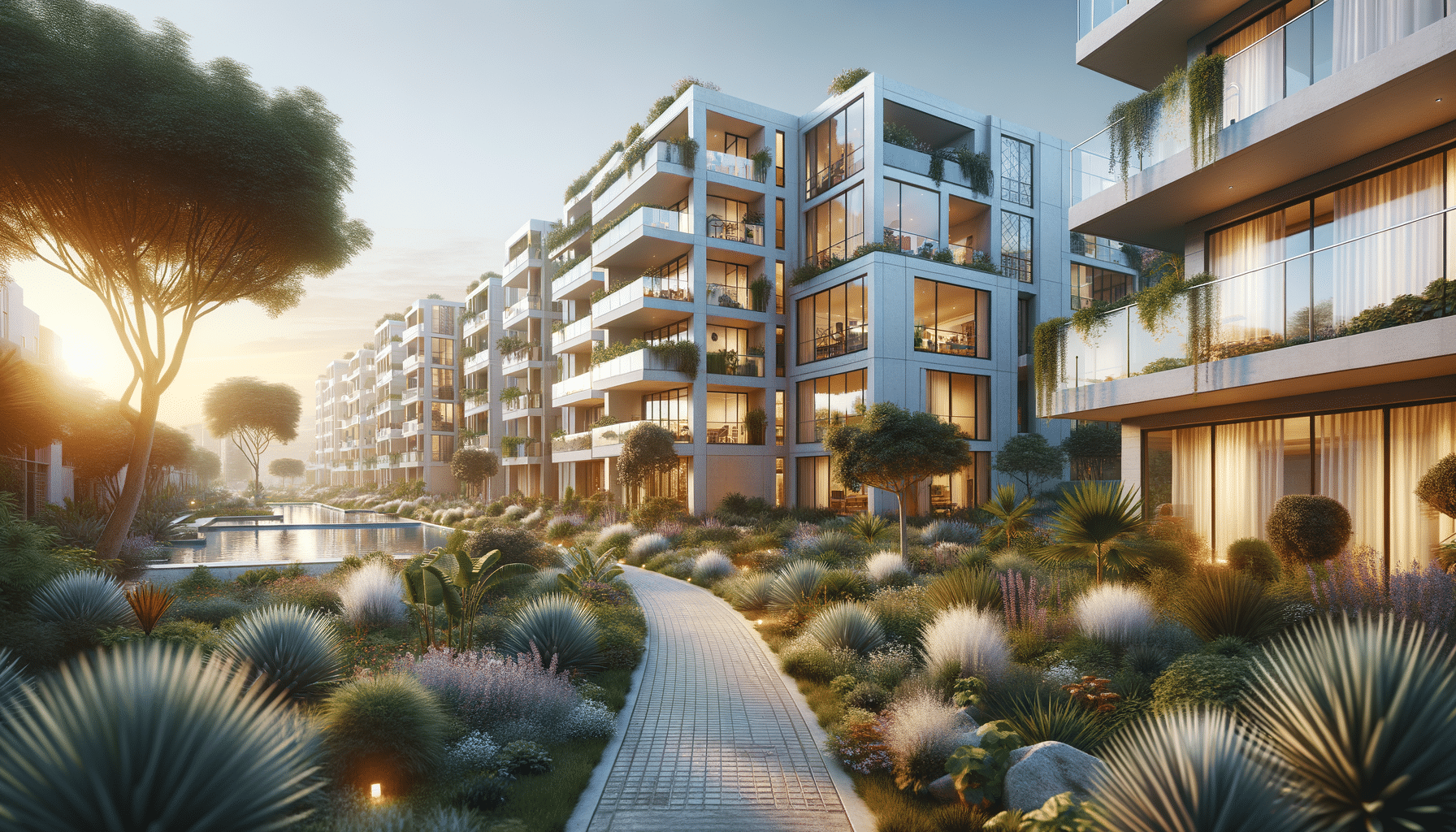
Prefabricated Homes: Modern Solutions for Sustainable Living Today
Introduction to Prefabricated Homes
In recent years, the concept of prefabricated homes has gained significant traction as a modern solution for sustainable living. These homes, often referred to as prefab homes, are built off-site in sections and then transported to the desired location for assembly. This construction method offers several advantages, including reduced construction time, lower costs, and a smaller environmental footprint. As more individuals seek eco-friendly living options, understanding what an insulated prefabricated house is and how much it costs becomes crucial.
Prefabricated homes have evolved from basic, utilitarian structures to innovative and stylish living spaces. Thanks to advancements in technology and design, these homes now offer a range of styles and sizes, from tiny prefab home options to larger family dwellings. By exploring the benefits and challenges of prefabricated homes, potential homeowners can make informed choices that align with their lifestyle and budget.
The Advantages of Prefabricated Homes
Prefabricated homes offer numerous advantages that make them an attractive option for modern homeowners. One of the most significant benefits is the reduced construction time. Since the components are manufactured in a controlled factory environment, the construction process is not subject to weather delays, allowing for faster completion compared to traditional on-site building methods.
Another advantage is cost efficiency. Prefabricated house prices are often lower than those of conventional homes due to streamlined manufacturing processes and bulk purchasing of materials. This affordability makes prefab homes accessible to a broader range of buyers, including first-time homeowners and those looking for cost-effective housing solutions.
Additionally, prefabricated homes are known for their sustainability. The factory production process generates less waste, and many prefab homes are designed with energy efficiency in mind. Features such as insulated panels and energy-efficient appliances contribute to reducing the overall carbon footprint of these homes. As a result, prefabricated homes align well with the growing demand for eco-friendly housing options.
Exploring Different Types of Prefabricated Homes
Prefabricated homes come in various forms, each offering unique features and benefits. One popular option is the modular home, which consists of multiple sections or modules that are constructed in a factory and then assembled on-site. Modular homes are highly customizable, allowing homeowners to choose layouts and finishes that suit their preferences.
Another type is the panelized home, which involves constructing wall panels in a factory and then transporting them to the site for assembly. This method offers flexibility in design and can be tailored to meet specific architectural styles. Panelized homes are known for their strength and durability, making them a reliable choice for various climates.
Tiny prefab home options have also gained popularity, particularly among those seeking minimalist lifestyles or secondary dwellings. These compact homes maximize space efficiency while providing all the essential amenities. By understanding the different types of prefabricated homes available, prospective buyers can select a model that aligns with their needs and preferences.
Cost Considerations and Financial Benefits
When evaluating prefabricated house prices, it’s important to consider both the initial costs and the long-term financial benefits. The upfront cost of a prefab home can vary depending on factors such as size, design complexity, and location. However, due to the efficient production process, prefab homes often come at a lower price point than traditional homes.
Moreover, prefabricated homes can lead to significant savings over time. The energy-efficient design and materials used in these homes contribute to reduced utility bills, offering a cost-effective living solution. Additionally, the shorter construction timeline means that homeowners can move in sooner, potentially saving on temporary housing expenses.
Financing options for prefabricated homes have also become more accessible, with many lenders offering specialized loans for modular and panelized homes. By exploring these financial aspects, potential buyers can make informed decisions that align with their budgetary constraints.
Conclusion: Embracing Prefabricated Homes for a Sustainable Future
Prefabricated homes represent a forward-thinking approach to housing that aligns with the values of sustainability and efficiency. As the demand for eco-friendly living solutions continues to grow, prefab homes offer a viable and appealing option for individuals seeking modern, cost-effective, and environmentally conscious housing.
By understanding the various types and benefits of prefabricated homes, potential homeowners can make informed choices that suit their lifestyle and budget. Whether exploring tiny prefab home options or considering larger modular designs, the versatility and affordability of prefab homes make them an attractive choice in today’s housing market.
As you contemplate your next housing decision, consider the potential of prefabricated homes to meet your needs while contributing to a more sustainable future.


